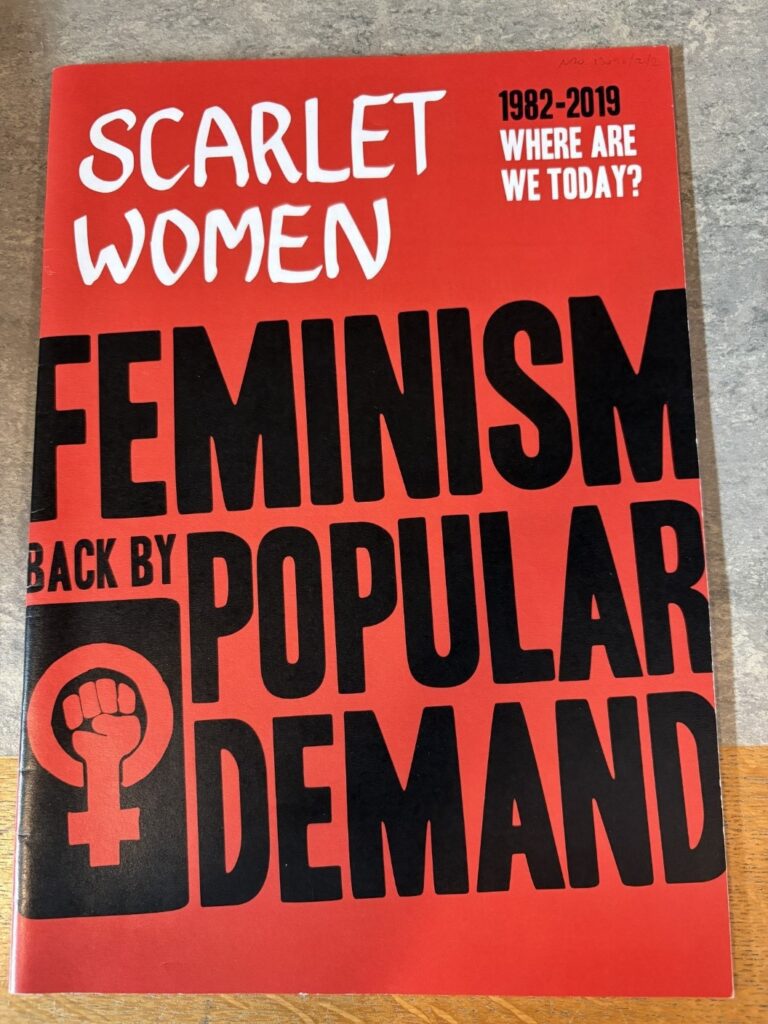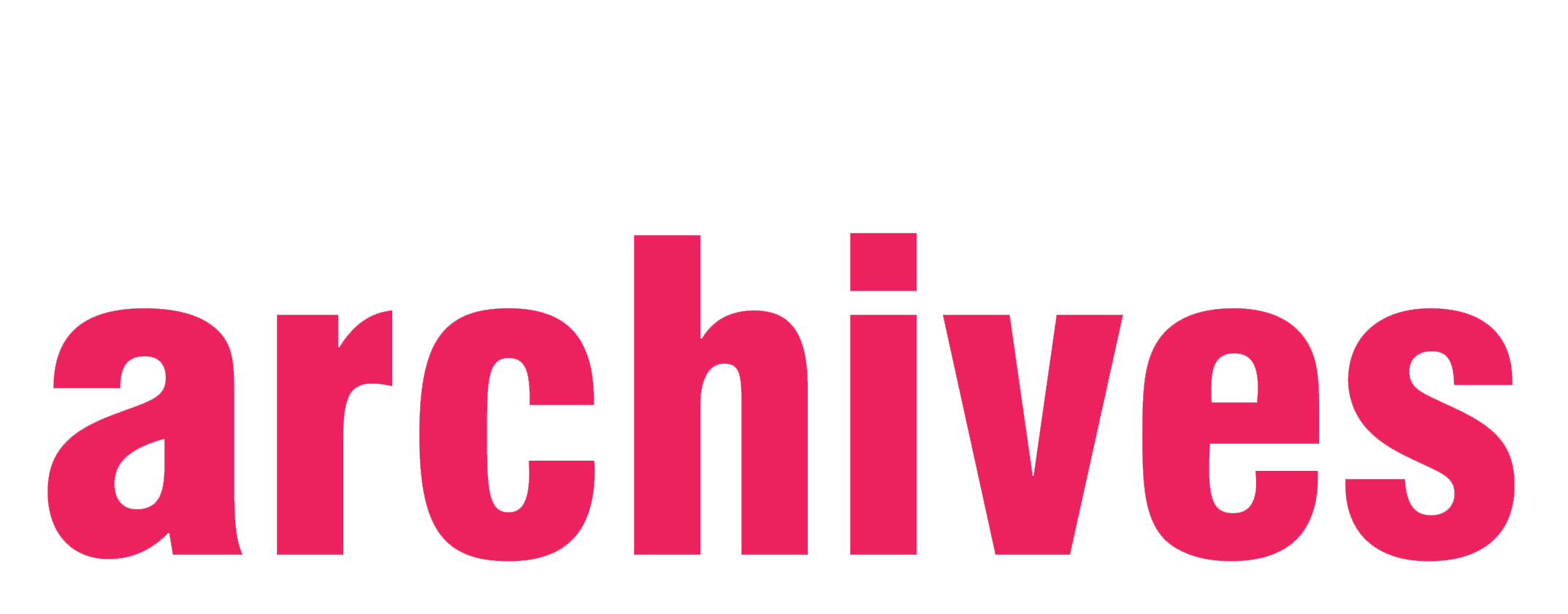
What is history? Is it the lives of royalty from centuries past? Is it the landed gentry, perhaps it is mine owners or ship builders? … In the archives we certainly see a lot of material about these groups but … Spoiler alert, it is not just about them!
Recently we had a special delivery of a few papers that give us an insight to a world very seldom seen in traditional county archives.
They are … the full collection of the “Scarlet Women” magazine. “Scarlet Women” was produce by the Coast Women’s Group inspired by the 1976 Women’s Liberation Conference held in Ponteland, Northumberland. This group of pioneering women decided to organise, record and publish the issues that mattered to them and their sisters. A North East printed publication, it discussed the marginalisation of women’s issues by the established Left, and the oppression of women by capitalism and the patriarchy.
Any researcher of women’s history knows that it is rare to hear what our female ancestors
thought. This special collection changes that, as it presents a unique opportunity to understand
the issues facing women of the 1970’s and 1980’s in Northumberland (and further afield too, as
the contributions were national and international)
“Scarlet Women” started life as a typed set of pages, but the editorial team soon progressed to
printing their editions. This helped to visually improve the look of the magazine, and they used
artwork and cartoons to make the magazine more reader friendly and to help spread their
message (neatly illustrated in the ‘Spot the Difference’ image above).
The first edition of the magazine raises the issue of whether, we as women, wear many ‘hats’? For
example, do women wear a feminist hat when attending a union meeting or vice versa. We might
talk about intersectionality these days, but I feel that it is possible to see the roots of such
discussions from the debates covered in “Scarlet Women”.
As a now historical text the magazines do not always make for an easy read, the use of language
has changed over the last fifty or so years and discussions of sexuality, gender and race have moved on, but to view the history of these discussions is fascinating, after all each generation builds on the ideas and discussions of those that come before. It is also lovely to see the building of the movement, physically reflected in the thickness of the issues, as a result of the input from their readership.
A lot of the articles cover the theoretical perspectives of feminism in relation to everyday life but
one article in issue 6/7 was especially compelling, it was all about the birth of the writer’s baby
and her struggle in the medical setting to be respected, comfortable, informed and in control of
the delivery of her baby.
By edition 8 the cover is coloured scarlet, and they discuss the question of wages for housework
And just this year that issue was raised again around International Women’s Day.

There was a total of fourteen issues produced, although edition 15 is in the collection, in its rough draft form and there is a modern reproduction of that issue too, along with a review edition in 2019 asking “Where are we today?”

The magazines cover a period in history that brought much change for women in Britain but reading the magazines highlights how much more there is to do to gain full equality for women.
“Why did the newsletter come to an end? I think we ran out of steam and the various members of the editorial collective were getting involved in other things.”
These ‘things’ by the way included a service for women survivors of domestic abuse, a telephone helpline and setting up the Tyneside Rape Crisis Centre and as Penny Remfry, one of the earliest members says
“Discussions about theory were put on one side in the interests of undermining the power of patriarchy through setting up support groups and services to enable women to get more control over their lives[1].”
The magazines are really something to be proud of and I am personally grateful for the women
who came before me, who asked the questions and had the courage to risk rocking the boat,
Scarlet Women I salute you.
“The hand that rocks the cradle will one day rock the boat2”
1 “Scarlet Women 1982-2019 Where are we today?”
2 “Scarlett Women Five” circa 1977
